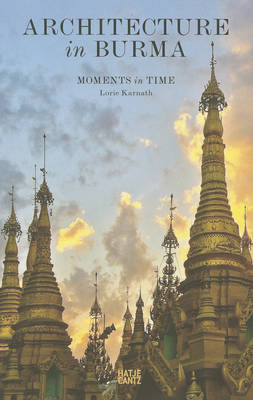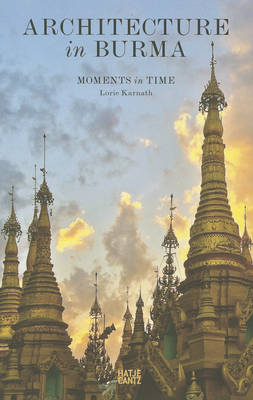
- Afhalen na 1 uur in een winkel met voorraad
- Gratis thuislevering in België vanaf € 30
- Ruim aanbod met 7 miljoen producten
- Afhalen na 1 uur in een winkel met voorraad
- Gratis thuislevering in België vanaf € 30
- Ruim aanbod met 7 miljoen producten
Zoeken
Omschrijving
The architecture in Burma represents a mixture of the countrys history, politics, natural assets, religion, and superstition. Despite some recent advances toward modernization, in architectural terms, centuries of relative seclusion have caused this country to remain something of a historical timeline. Myanmars resplendent temples, stately colonial edifices, and myriad of structures that comprise innumerable fishing and country villages provide an architectural window into the countrys diverse and oftentimes tumultuous history. The turbulence of the region, punctuated by dynastic squabbles, is perhaps best chronicled and understood by way of its architecture. The escalation of successional quarrels frequently resulted in new rulers packing up entire palaces and other structures and hauling these by elephant to establish a new seat of government or capital elsewhere. The vestiges of the old cities were for the most part simply left to the vicissitudes of nature.
Specificaties
Betrokkenen
- Auteur(s):
- Uitgeverij:
Inhoud
- Aantal bladzijden:
- 224
- Taal:
- Engels
Eigenschappen
- Productcode (EAN):
- 9783775735414
- Verschijningsdatum:
- 25/07/2013
- Uitvoering:
- Hardcover
- Afmetingen:
- 170 mm x 240 mm
- Gewicht:
- 300 g

Alleen bij Standaard Boekhandel
+ 55 punten op je klantenkaart van Standaard Boekhandel
Beoordelingen
We publiceren alleen reviews die voldoen aan de voorwaarden voor reviews. Bekijk onze voorwaarden voor reviews.











